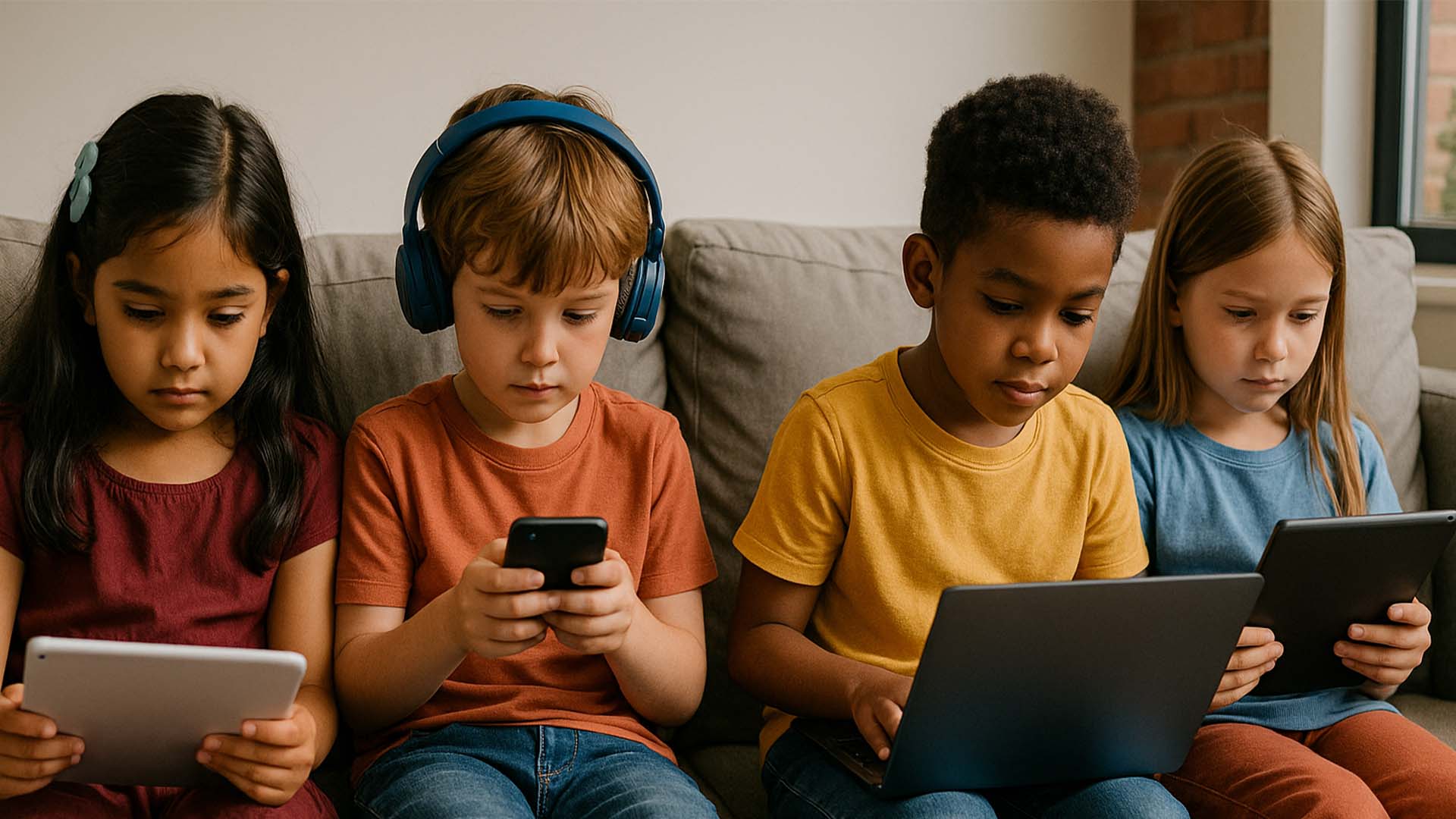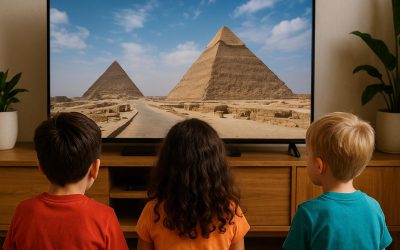In today’s fast-paced digital world, technology is everywhere! From smartphones to tablets, it’s easy for kids to get caught up in the latest gadgets. But how do we make sure they’re using technology in a way that’s fun, safe, and helps them learn? The key is age-appropriate tech. This means choosing devices and apps that are just right for your child’s age and development. Let’s explore how technology can be a fantastic tool for learning and creativity when used wisely.
What is Age-Appropriate Tech?
Age-appropriate tech refers to electronic devices, software, and online content that are designed to be suitable for a child’s specific age group. This isn’t just about avoiding mature content; it’s also about ensuring the technology supports their cognitive, emotional, and social development. For example, a toddler might enjoy interactive apps that teach colors and shapes, while an older child might benefit from coding games or educational platforms that align with their school curriculum.
Benefits of Smart Tech Choices
When chosen carefully, technology can offer numerous benefits for children. It can enhance problem-solving skills, foster creativity, and even improve hand-eye coordination. Educational apps can make learning subjects like math and science exciting, while creative tools allow kids to express themselves through digital art or music. Technology can also connect children with educational resources and virtual experiences that might not be available otherwise.
Setting Screen Time Limits
While age-appropriate tech is beneficial, it’s crucial to establish healthy screen time habits. Experts recommend different limits based on age. For instance, the American Academy of Pediatrics suggests avoiding digital media for children younger than 18 to 24 months, except for video chatting. For preschoolers (2-5 years), they recommend no more than 1 hour per day of high-quality programming. For school-aged children and adolescents, consistent limits are important, ensuring screen time doesn’t displace essential activities like sleep, physical activity, and family interaction [1].
Online Safety Tips for Parents
Ensuring online safety is paramount. Here are some essential tips:
- Parental Controls: Utilize built-in parental controls on devices and apps to filter inappropriate content and manage screen time.
- Open Communication: Talk to your children about online dangers, privacy, and what to do if they encounter something uncomfortable.
- Privacy Settings: Teach children about privacy settings on social media and other platforms, emphasizing not to share personal information.
- Strong Passwords: Encourage the use of strong, unique passwords for all online accounts.
- Monitor Activity: Regularly check your child’s online activities and the websites they visit. Consider co-viewing content with younger children.
Q&A: Your Questions About Kids and Tech Answered
Q1: How do I know if a tech product is truly age-appropriate?
A1: Look for age ratings (like ESRB for games or common sense media reviews for apps and shows). Read reviews from other parents and educators. Most importantly, try the tech yourself before giving it to your child to ensure it aligns with your family’s values and your child’s developmental stage.
Q2: What are some good educational apps for young children?
A2: Apps that focus on interactive learning, such as those teaching letters, numbers, shapes, and basic problem-solving, are excellent. Look for apps from reputable educational organizations or those recommended by child development specialists. Examples include PBS Kids apps, ABCmouse, and Khan Academy Kids.
Q3: My child wants a social media account. What should I do?
A3: Most social media platforms have a minimum age requirement (usually 13). It’s best to adhere to these guidelines. When your child is old enough, have an open discussion about responsible online behavior, privacy settings, and the permanence of online content. Consider starting with platforms designed specifically for younger teens with more robust parental controls.
Q4: How can I encourage my child to balance screen time with other activities?
A4: Create a family media plan that includes designated screen-free times and zones (like dinner time or bedrooms). Encourage outdoor play, reading, creative arts, and family activities. Be a role model by limiting your own screen time and engaging in diverse activities.
Sources
[1] American Academy of Pediatrics. (2016). Media and Young Minds. Pediatrics, 138(5), e20162591. https://pediatrics.aappublications.org/content/138/5/e20162591
[2] Common Sense Media. Parental Controls & Privacy. https://www.commonsensemedia.org/
[3] National Association for the Education of Young Children (NAEYC). Technology and Young Children. https://www.naeyc.org/








0 Comments